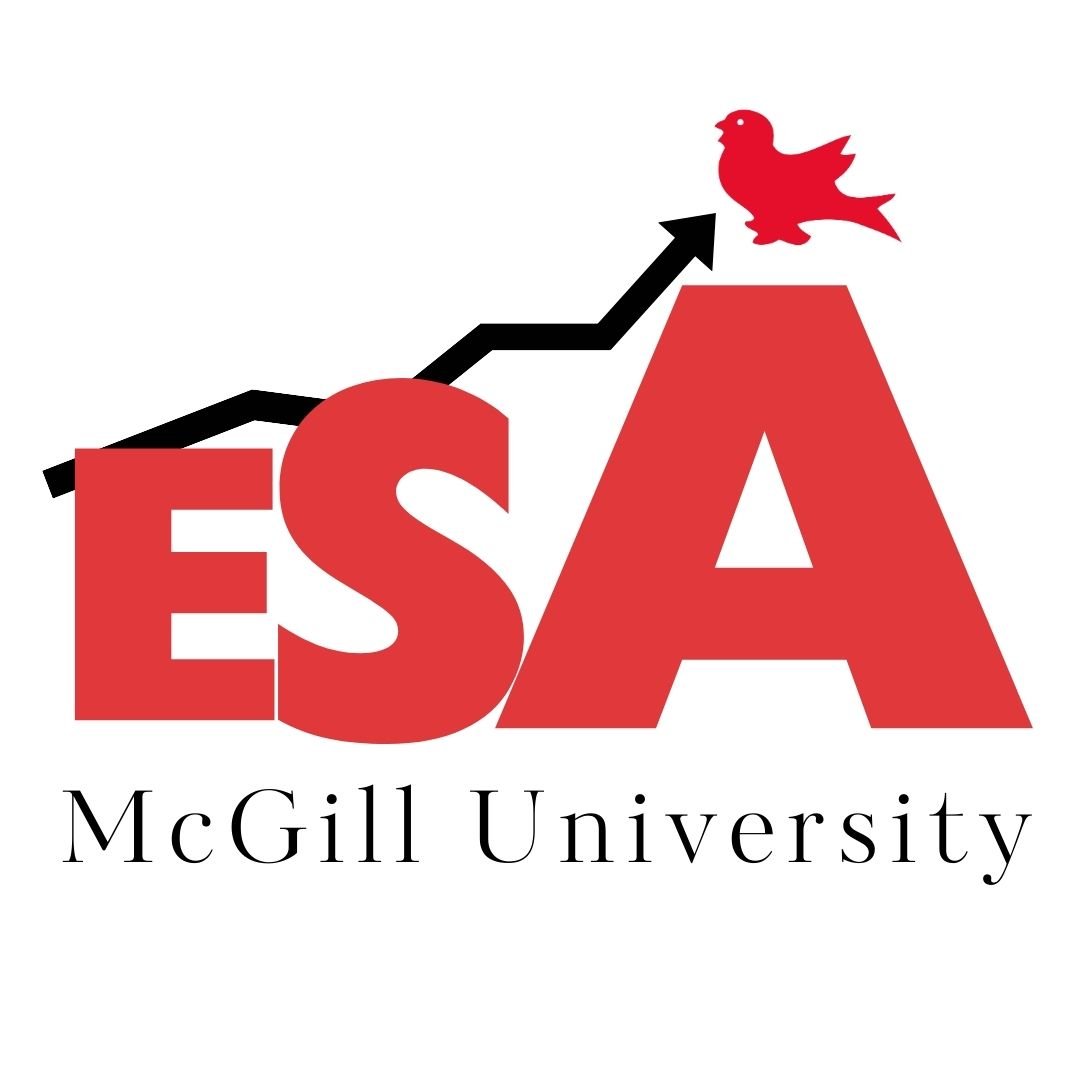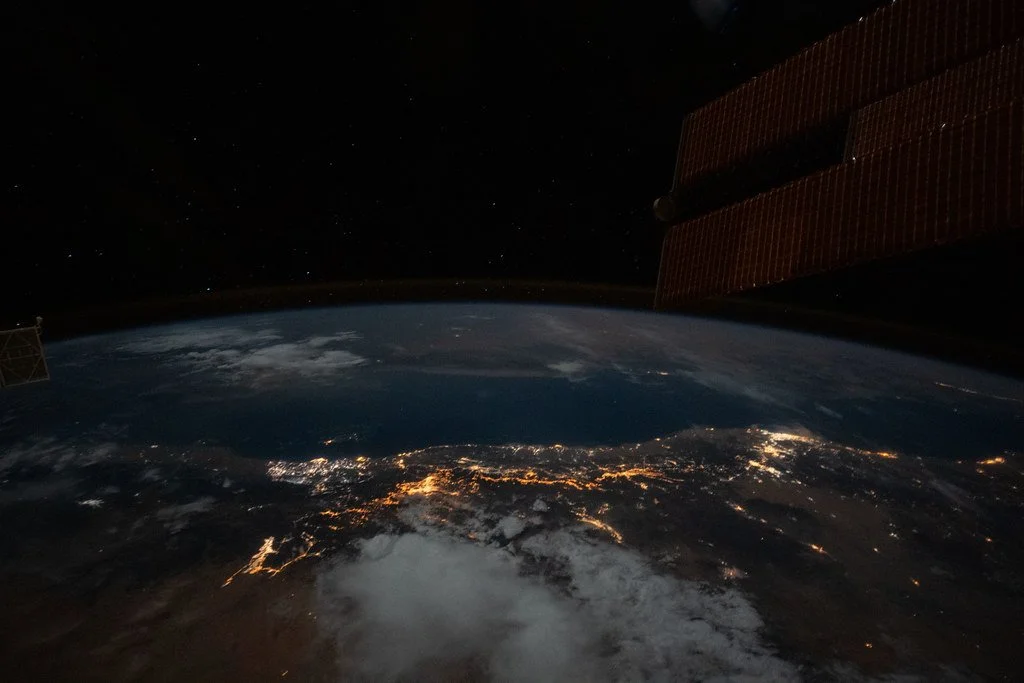Phasing Out Oil in Saudi Arabia: Ambitious or Delusional?
Days before the COP26 climate change summit last fall, the Crown Prince Mohammed bin Salman pledged Saudi Arabia to net zero emissions by 2060. The announcement fits nicely with another ambitious development initiative the nation is working on: Vision 2030, a series of national development projects geared towards weaning the Saudi economy off its oil base. As climate change takes precedence on the world stage, Saudi Arabia is grappling with the fact that its economy is almost entirely based on fossil fuel revenues (crude oil in 2018 accounted for over 80% of government revenues, 42% of GDP, and 90% of export earnings). Changing its economic makeup is not only a climate imperative for Saudi Arabia then, but an economic one as well. However, despite the fact that Vision 2030 and their net zero pledge are seemingly in concert with one another, Vision 2030 is ill-suited for the carbon transition it boasts. But to understand why, we must first understand what exactly this development plan is.
Vision 2030 is a lot of things, but at its most basic level, it is a series of ideas to redefine and revolutionize Saudi Arabian living. Central to the initiative is NEOM, a massive planned urban area on the western border of the country. So far, two-sub projects have been announced to be built in the NEOM area: THE LINE and OXAGON. THE LINE is what it sounds like – a 170km long city reaching from inner NEOM to the Red Sea. OXAGON is a port-city that will sit further south along the Saudi coast, the bulk of it to actually sit on a floating structure that sits atop the Red Sea itself. The advertising for projects is littered with entrepreneurial and sustainability buzzwords; the NEOM website informs readers that by “seamlessly integrating nature with technology, [OXAGON] will be the launchpad where moonshots become reality.” It adds that NEOM “will not only be a destination, but a home for people who dream big” and its projects will run on “100% renewable energy” and have “zero carbon emissions”.
One cannot help but admire the idealism of the whole thing. Clean energy, sustainable urban design, inclusive innovation – these are the very things we are told the world needs more of. So why be so critical?
A lot could be said about Vision 2030, but in terms of achieving a carbon transition and net zero emissions, the project has two major flaws. First is the lack of details surrounding the enterprise. Yes, it says it will be entirely based on renewable energy and will even “move beyond zero carbon to a circular economy,” but how that is actually going to happen is another question. Details provided by the developers are vague, and those that are provided emphasize the potentials of renewable energy in the long term without addressing how construction is being undertaken in the short term. Remember, these initiatives are meant to be completed by 2030 – and at present, carbon energy is the backbone of the Saudi economy. Since the development of these projects will be exceptionally energy-demanding, it means emissions in the short term will be very high. The approach to ‘net zero’ is thus focused on completing emission intensive projects now while we “can”, and hope that by 2060 all the promises of renewable energy come true.
One must also consider that even if NEOM develops as it is promised – clean, energy efficient, zero carbon – the project does not propose how the rest of Saudi Arabia is going to share in this transition. THE LINE, for example, is planned to house one million residents. Saudi Arabia currently has a domestic population of over 34 million and growing. While NEOM may be revolutionary, its capacity limits its inclusiveness, and if the bulk of the population is going to continue residing in the same cities with the same infrastructure as it does presently, domestic oil demand is not going to go anywhere.
Not only does this limit what a successful Vision 2030 entails, but it also makes this success a major if. If Vision 2030 doesn’t live up to its hype or develop as planned, it means the economy retains its fossil fuel makeup and carbon intensive living standards of living. Balancing idealism and pragmatism in the race against climate change is certainly one of today’s greatest challenges, but for Saudi Arabia, it appears the pomp of idealist language will quickly peter out.
Edited by Adam Chatelan
Featured image "The well lit Red Sea coast of Saudi Arabia" by NASA Johnson is marked with CC BY-NC-ND 2.0.

